Author: Mary Francis Grace Marzan
-
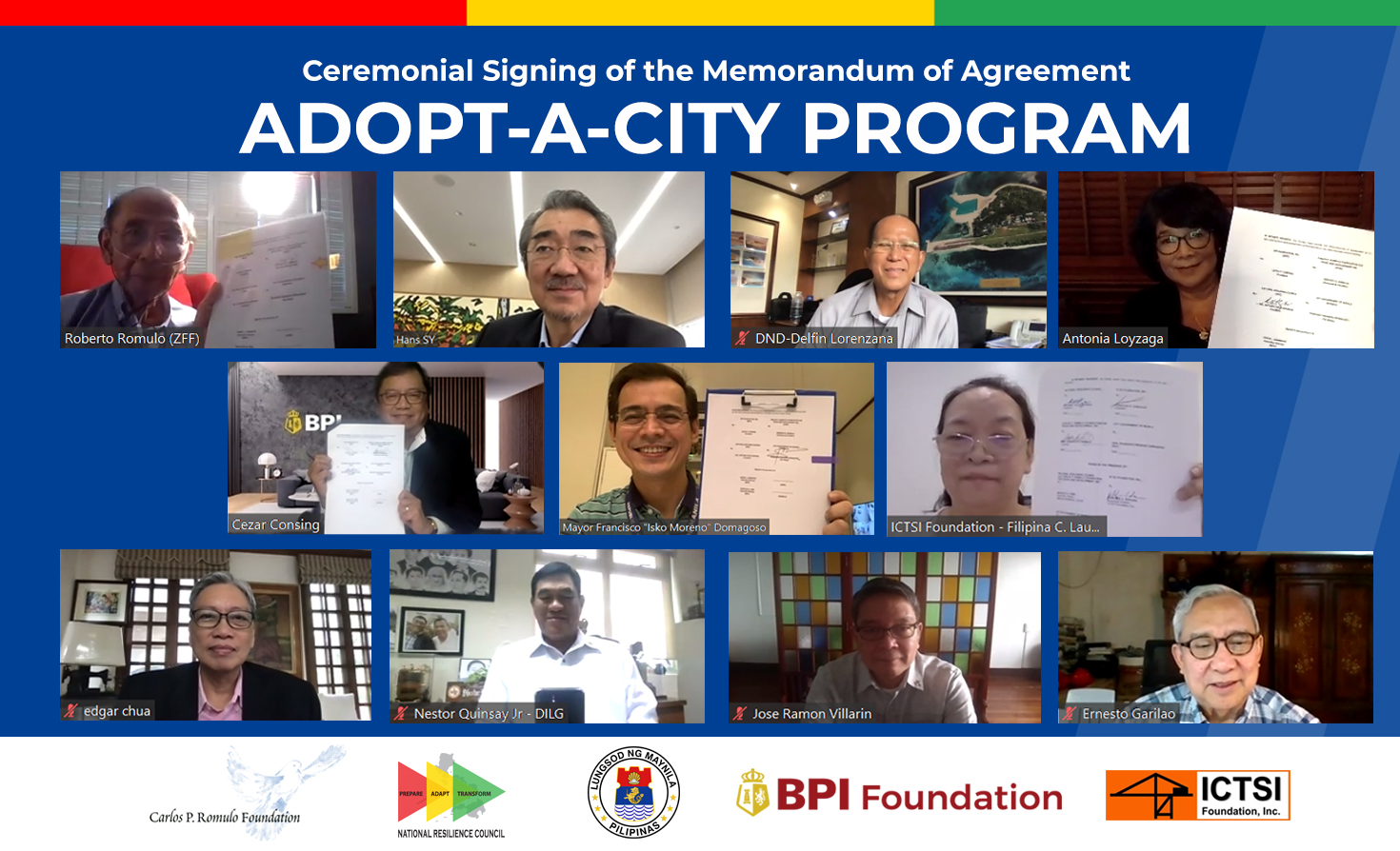
NRC launches the Adopt-a-City Program for the City of Manila with BPI Foundation and ICTSI Foundation
The National Resilience Council (NRC) forges a partnership with the City of Manila and private sector partners from BPI Foundation (BPIF) and the International Container Terminal Services (ICTSI) Foundation through the signing of the Adopt-a-City Agreement on December 18, 2020. The Adopt-a-City Program The Adopt-a-City Program of the National Resilience Council (NRC) is an innovative…
-
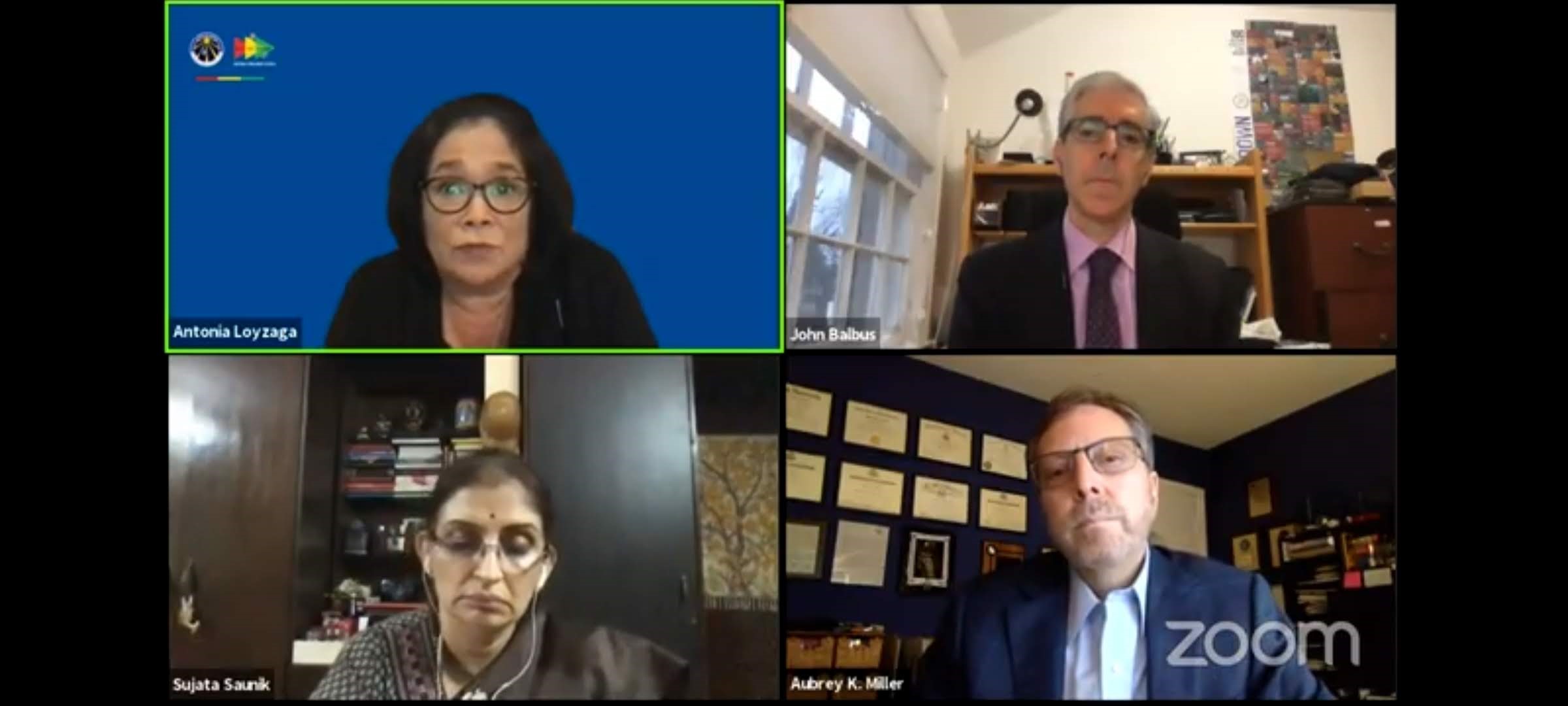
Dealing with Disasters Fast and Slow: Health System Resilience for COVID-19 and Climate Change
NRC President and Manila Observatory Trustee, Ms. Antonia Yulo Loyzaga joined as a panelist for the “Dealing with Disasters Fast and Slow: Health System Resilience for COVID-19 and Climate Change” webinar session of the Prince Mahidol Award Conference 2021 on December 14, 2020.
-
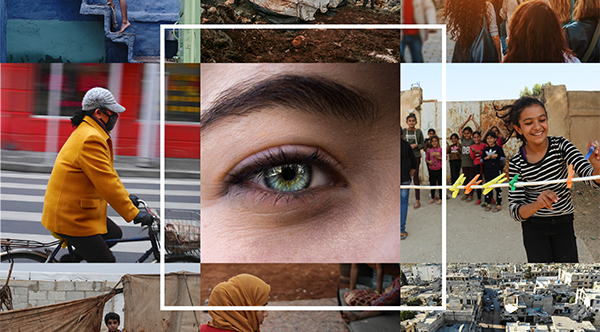
An update from Mami Mizutori, UN Secretary-General’s Special Representative for Disaster Risk Reduction — 4 December 2020
In the newsletter circulated by United Nations Office for Disaster Risk Reduction (UNDRR), UN Secretary-General’s Special Representative for Disaster Risk Reduction Mami Mizutori reflects on the achievements made by different partner nations towards building disaster resilience and the global actions that need to be undertaken in line with Target E of Sendai Framework. The Secretary-General expressed it…
-

3x3x3
Source: The Philippine Star – Filipino Worldview | Columnist: Amb. Roberto R. Romulo | Guest Author: Ms. Antonia Yulo Loyzaga | Date: November 20, 2020 For this week, I have asked Ms. Antonia “Toni” Yulo Loyzaga, president of the National Resilience Council, and trustee and former executive director of the Manila Observatory to be my guest columnist. As…
-
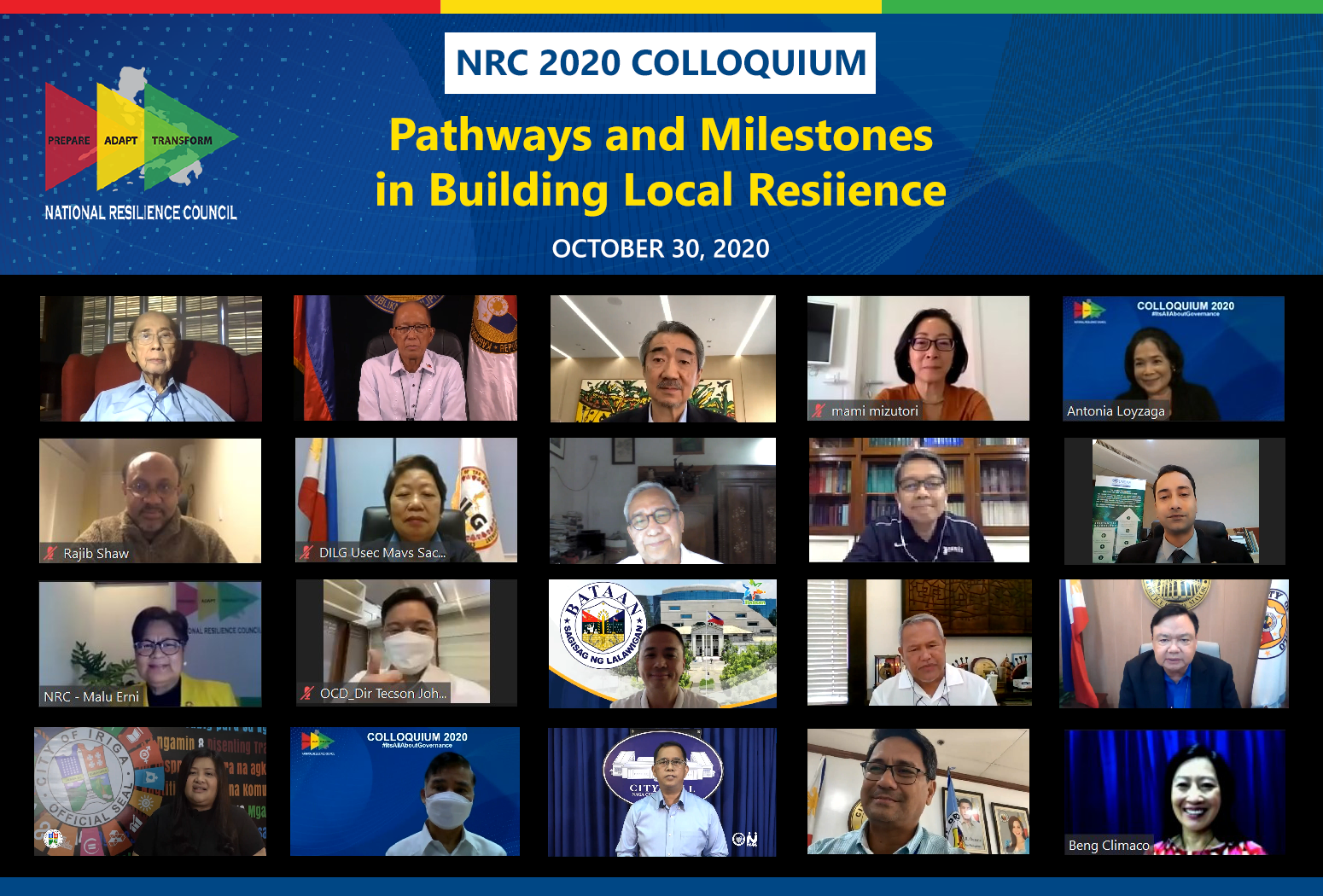
Public and private sectors Strengthen DRR partnerships amid COVID-19 pandemic
Multi-stakeholder resilience approach emphasized at the NRC Colloquium 2020 COVID-19 has added new complexity and uncertainty to public-private partnerships in disaster risk. To counter its cascading impacts, there is an urgent need for evidence-informed local leadership that is reinforced by multi-stakeholder collaboration. In response to COVID-19’s challenges and the year-round threats posed by other hazards,…
-
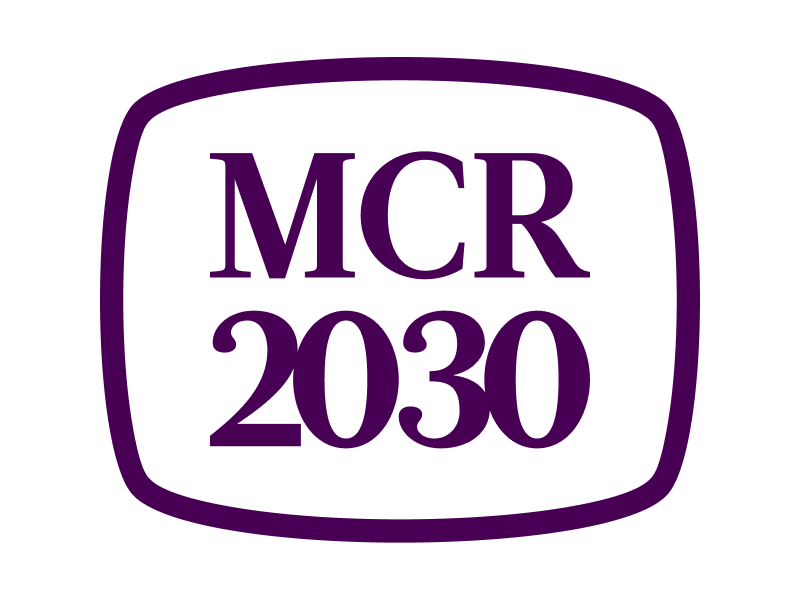
Launch of Making Cities Resilient 2030 (MCR2030)
Author: Jeanette Elsworth | Date: October 28, 2020 Core partners of Making Cities Resilient 2030 (MCR2030) officially launched its second phase today, with a global programme to support cities on the road to resilience. The launch took place during the Daring Cities conference convened by Local Governments for Sustainability (ICLEI), one of the core partners of the initiative and 1,048 people from…
-
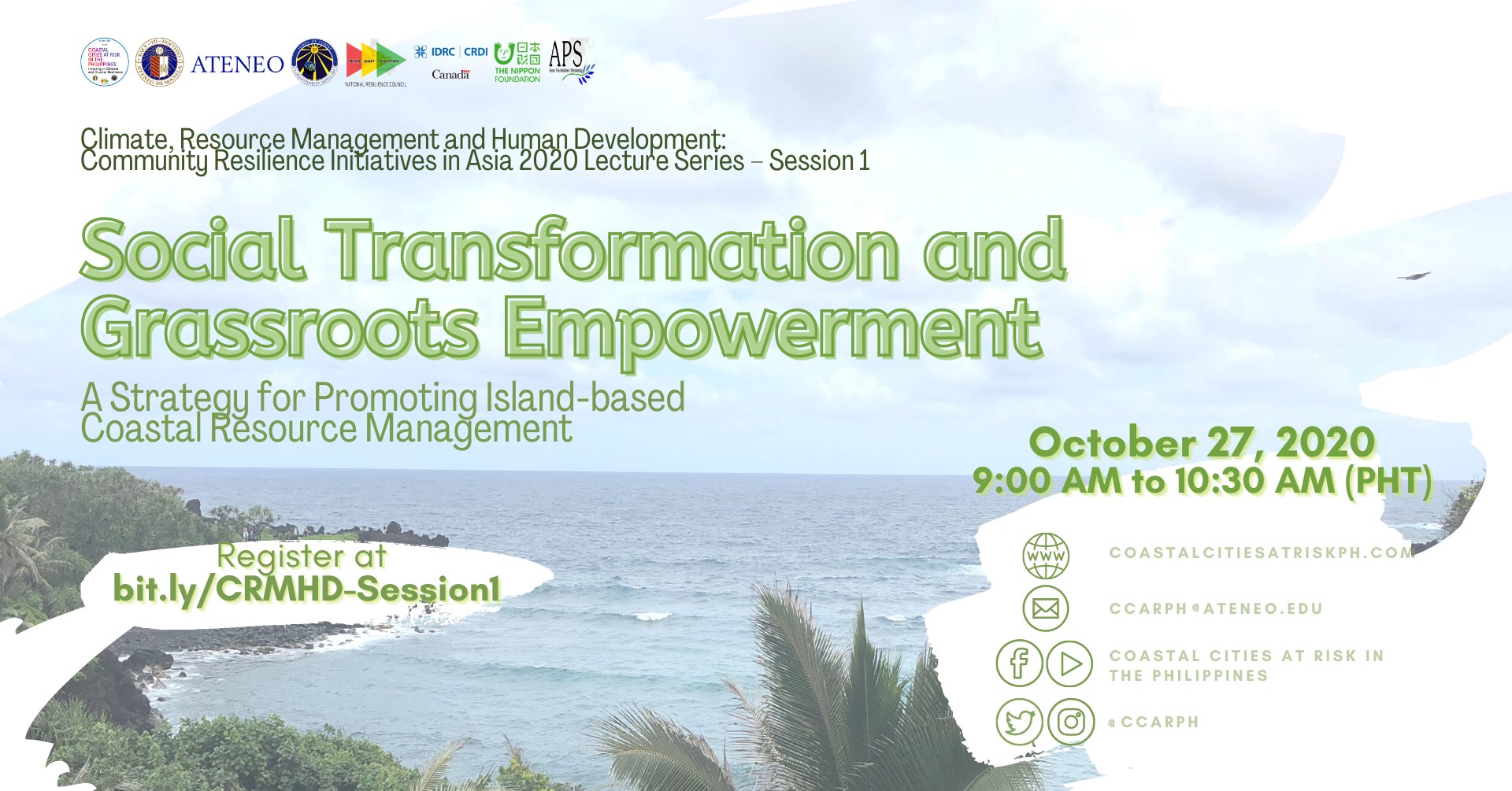
Climate, Resource Management, and Human Development: Community Resilience Initiatives in Asia 2020 Lecture Series
The Coastal Cities at Risk in the Philippines: Investing in Climate & Disaster Resilience (CCARPH) project, in partnership with the Ateneo de Manila University’s (ADMU) Department of Political Science, and Department of Sociology & Anthropology (DSA), the Nippon Foundation, and the Asian Peacebuilders Scholarship program invite you to: Climate, Resource Management, and Human Development: Community…
-

An update from Mami Mizutori, UN Secretary-General’s Special Representative for Disaster Risk Reduction — 16 September 2020
In the newsletter circulated by United Nations Office for Disaster Risk Reduction (UNDRR), UN Secretary-General’s Special Representative for Disaster Risk Reduction Mami Mizutori writes about Disaster Risk Governance. We must recognize that the greatest single driver of disaster risk is weak governance and lack of political commitment to invest in reducing disaster risk. Disaster risk governance has been…
-

Launch of the Hazard Definition & Classification Review – Technical Report
The International Science Council (ISC) and the United Nations Office for Disaster Risk Reduction (UNDRR) launched the Hazard Definition & Classification Review – Technical Report to identify the full scope of all hazards relevant to the Sendai Framework and the scientific definitions of these hazards. You may download the report here: https://council.science/events/hazards-report/?fbclid=IwAR0VcAr7YPj_4qTnPR2foumfGXoC-RKnY0rw1Fu2nGgSIDoq1zG7yfCx7J0 You may find…